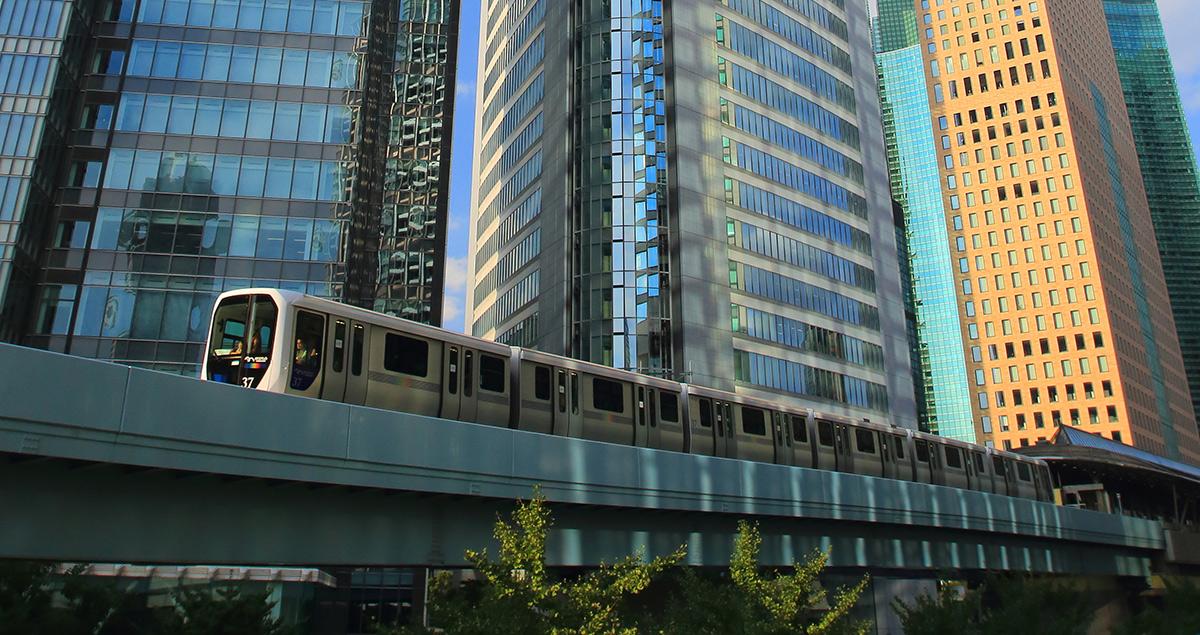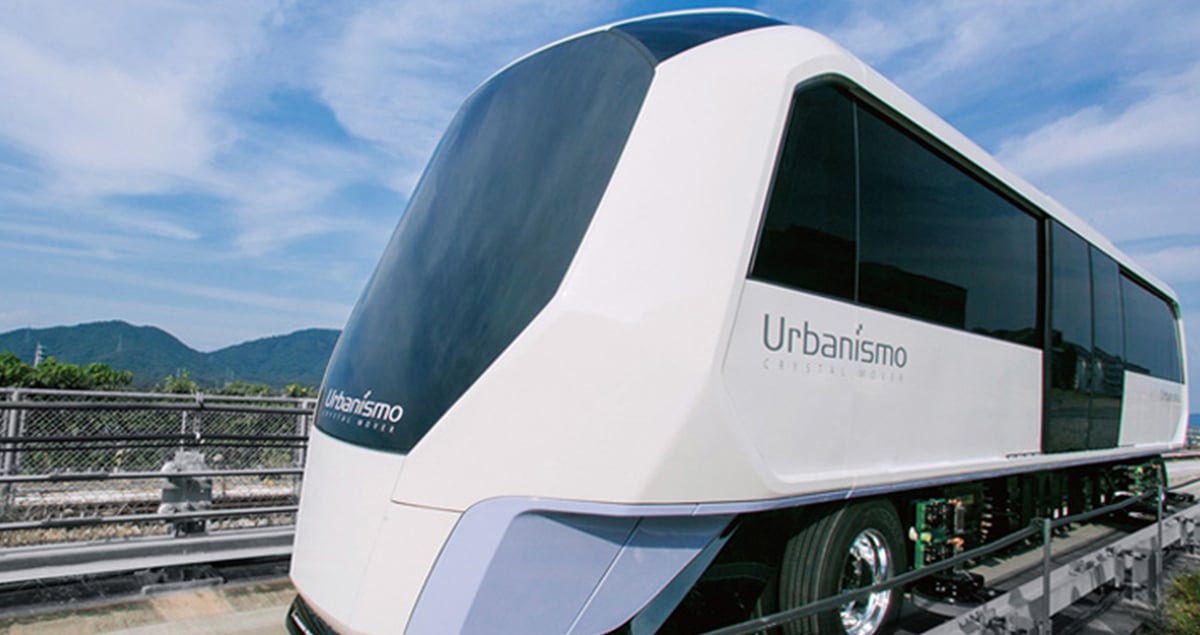Reinventing the train

Try to picture the transport of the future, and you might imagine driverless cars, jet packs or even teleportation. But how about the humble train?While firmly rooted in the past as one of the key drivers of the industrial revolution, trains also have an extremely important place in our future – and we can expect to see a lot more of them.
Megacity transport
The number of megacities – cities with over 10 million people – has risen from 14 in 1995 to 29 in 2016, according to the UN. And it’s still growing.
Delhi is predicted to be the largest city on the planet in 2050 with 40 million inhabitants.Smaller cities are expanding too. By 2050, around 75% of the world’s population will live in urban areas.
With so many people crammed into our cities, individually owned cars are likely to become a relative rarity: the future of transport is likely to belong to mass rapid transit systems like trains.But here’s the challenge: many of the world’s fastest growing cities are countries in Asia and Africa, where little or no metro rail infrastructure currently exists.
While more developed countries will need to upgrade and expand their existing systems, newer cities will often be starting from scratch.

Driverless and flexible
What these emerging megacities need is a transport network that can be built quicker than conventional rail systems, and at a lower cost.Which is exactly what Automated Guideway Transit (AGT) systems offer.
Unlike conventional trams and trains, these systems use rubber tires on paved surfaces rather than rails.
This means AGT vehicles can travel through tighter curves and up steeper slopes than traditional rail, allowing for higher flexibility in route planning.
Equally, the infrastructure on which the AGT vehicles travel - a simple guide bar system rather than rails - can be built quicker than conventional systems, is much cheaper and also has lower maintenance costs.Little wonder, then, that AGT has spread around the world.There are currently 25 lines operating in eight countries, with more on the way.
In Singapore, an AGT system from Mitsubishi Heavy Industries (MHI) has been in place since 2003, in Japan since 1990, and there is another project currently under construction in Macau.And while the automotive industry is understandably excited about the advent of driverless cars – GM says they could be commercially available as early as 2020 – millions of people around the world are already transported every day by automated trams and trains such as MHI’s AGT system.

Sprawl and speed
A large number of automated passenger trains are currently at airports. These systems, designed for short transfers, tend to run at relatively low speeds.However, as cities grow much larger in coming years, there will be greater urban sprawl. As the megacities rise upwards, they will also rise outwards, meaning more and more people will have to travel longer distances across town.Recognizing this future demand, MHI has developed a high-speed AGT.
These unmanned high-speed vehicles can travel up to 120km/h, roughly twice as fast as conventional AGT systems.This kind of speed can offer large-scale unmanned transport - not only to urban areas but suburban areas too, offering a genuine alternative to conventional railways for commuters.
This kind of AGT system is an effective solution to the traffic congestion caused by the rapid economic development of cities in regions such as South East Asia and is set to play a key role in meeting their future transport needs.And commuters may not be the only ones to benefit: high-speed AGT systems could also be used to transport passengers between distant terminals at the region’s big international hub airports as they continue to expand.





